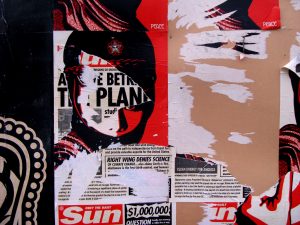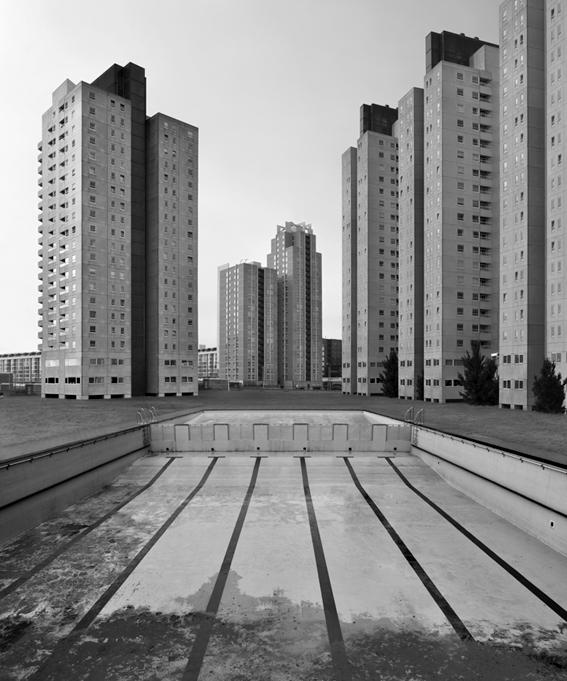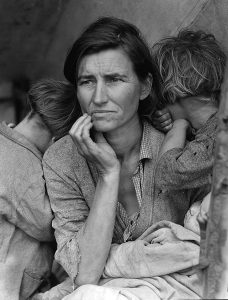- Moodboard of relevant and inspiring images—link to your title
- Mindmap / brainstorm / spidergram to include all ideas and possibilities
- Artist Case Study to include analysis and interpretation
- Action Plan and Specification
- Photoshoot
- Select and edit (repeat as necessary)
- Compare and contrast your work to the work of your chosen artist
- Presentation of final responses
- Evaluate your process
Ensure that you show a creative process underpinned by interesting ideas and sustain your approach…
For example, you may want to look at these 3 artists in combination to develop your own ideas…

and then move onto colour developments like this…


and create a unique approach to the theme of structure using simple and interchangeable techniques.

Or explore the structure of a corroded surface….
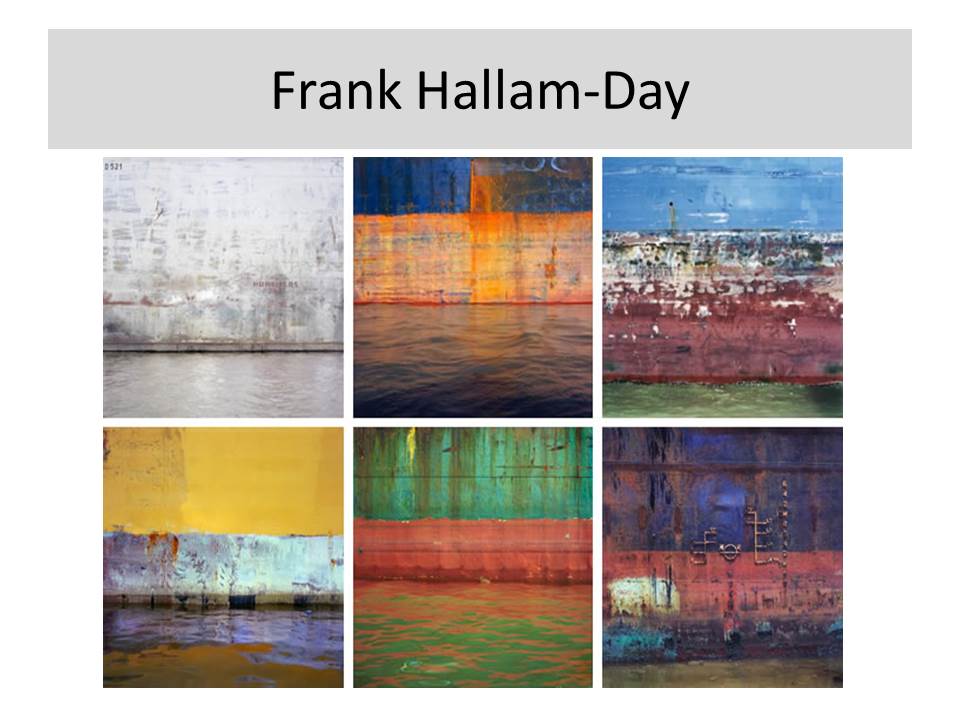


Use this link to see what kind of ideas are out there…
100+ Creative Photography Ideas: Techniques, Compositions & Mixed Media Approaches
http://www.studentartguide.com/articles/creative-photography-ideas
Now look at these artists to explore the concept of layers and structure…
Jacques Villeglé 1926- (France)
The Jazzmen is a section of what Jacques Villeglé termed affiches lacérées, posters torn down from the walls of Paris. These particular ones were taken on 10 December 1961. Following his established practice, Villeglé removed the section from a billboard and, having mounted it on canvas, presented it as a work of art.
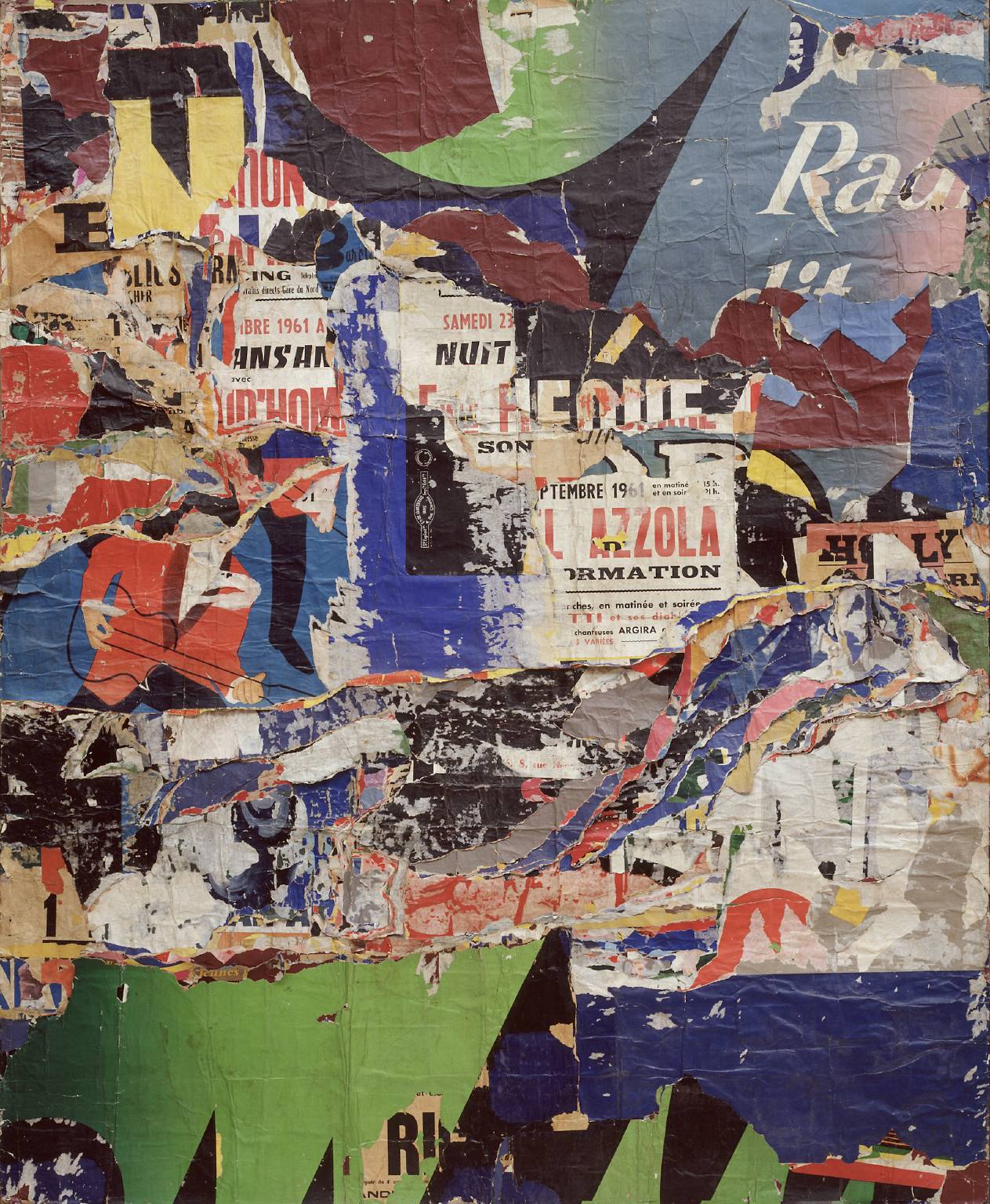
Robert Rauschenberg 1925 – 2008 (USA)
Pre pop art, neo -dada. Re-appropriation of photographic imagery to explore the structure of society, politics, hope and despair.
Collage / montage techniques + archival material, found objects
Construction / de-construction methods

Todd Mclellan…de-conSTRUCTION // typlogies

or distort the reality / structure of object, places, people…

Alvin Langdon Coburn created vortographs by using mirrros, reflective surfaces, prisms and more to distort his vision of the world and ultimately change the structure of his photographs…(one of the very first abstract photographers)
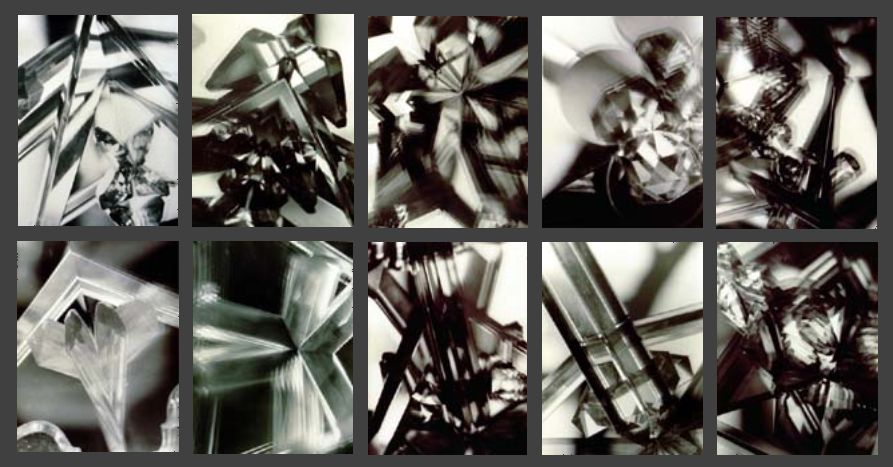
Vortograph experiments by A L Coburn
Think about shape and form…
Paper, paper, paper




Naum Gabo / Head of a Woman /1917

Interior Architecture

Still Life Objects

Time Lapse (constructing and deconstructing) ice cubes melting, flowers wilting and dying etc…

Cara Berer


Cara Berer explores the structure of books and magazines by photographing them from above and creating patterns and shapes that we associate with flowers and decoration…
Irving Penn

Franco Fontana
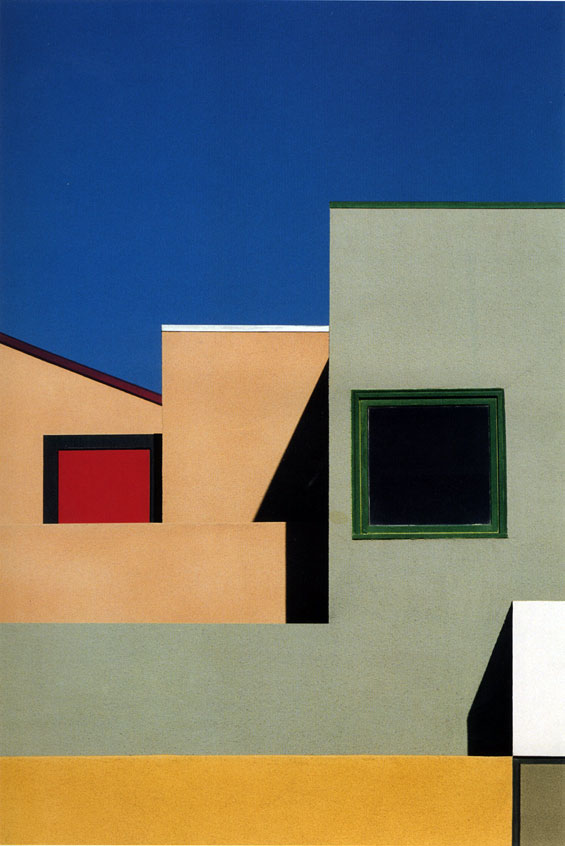

More ideas in this link here!
http://www.modernedition.com/art-articles/photographic-form/new-photography.html
Suggestions for exploring “structure”…
Tanja Deman // juxtaposition of changing environments // environments as temples of worship and culture //utopia // dystopia

Sculptural (photograph as object, combined with objects and ephemera or photographs as a response to a building or space ie environment)

Marlo Pascual (above)
“Pascual arranges the photos into simple, lackadaisical assemblages that she calls “props,” which rely primarily on found furniture. The images are all painfully elegant, and evoke the seductiveness of old Hollywood. In one photograph (all works untitled, 2009), a nude woman stands behind steamed glass—a scene from a movie descended from Psycho? A photograph of a set of crystal glasses is laser-cut and laid on the floor to look like it was dropped—or shattered by a single delicate stroke of a hammer. A joke about the fragility of the image, it is also a decidedly atmospheric work.”
http://www.artinamericamagazine.com/reviews/marlo-pascual/
Letha Wilson
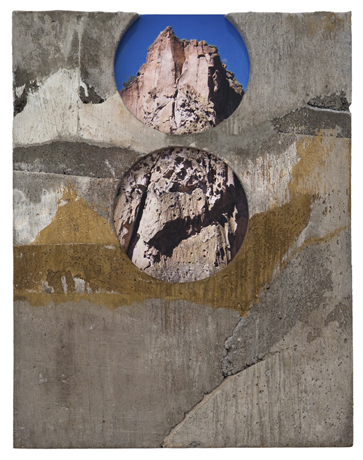
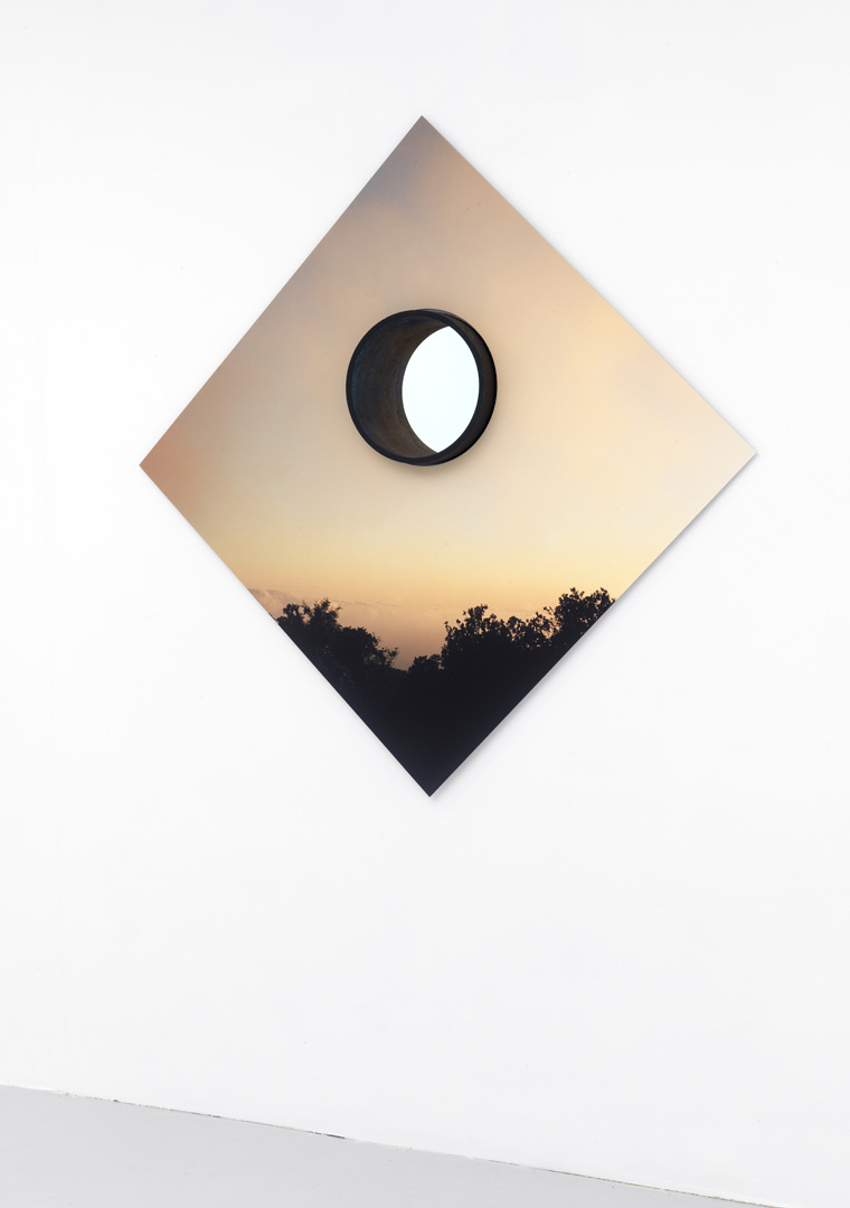
One of a number of contemporary artists who are blurring the lines between photography and other mediums, Letha Wilson makes artworks that are as much sculptures as photographs. Amalgamations of photographic images and spray paint, lumber and concrete, these hybrid objects, medium sized and mostly wall hung, occupy territory also being explored by sculptors such as Rachel Harrison and Virginia Overton. An exhibition of new pieces (all from 2012) showcased Wilson’s adventuresome way with materials.
Thomas Demand
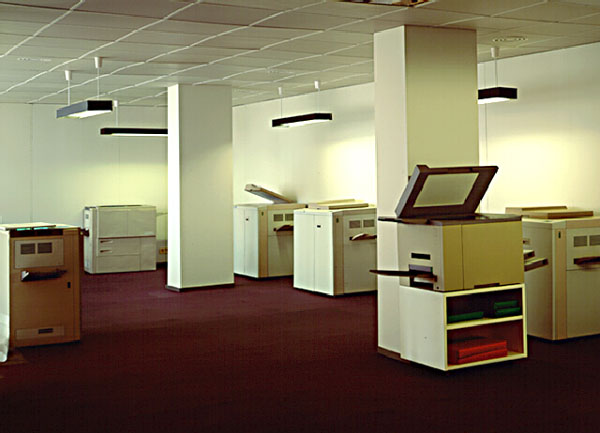
German Photographer Thomas Demand (born 1964) deals with inanimate objects and sterile interiors. He makes models of pre-photographed locations out of styrofoam, card and paper but leaves subtle signs of imperfections, then re-produces the images on a grand scale…in doing he alters the meaning and narrative attached to the environment he is re-presenting…
Laurenz Berges
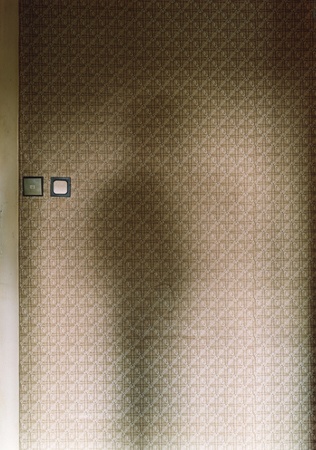
Laurenz Berges is German (Dusseldorf School) photographer. He tackles the notion of loss and removal…and often photographs both personal and shared environments. These can beintimate interiors, or extensive exteriors.
Candida Hofer
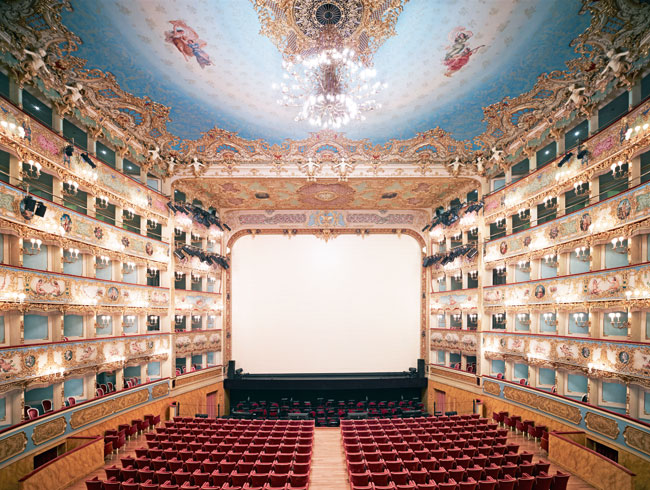
Candida Hofer was a student of Bernd and Hilla Becher in Germany in the 1970’s. Her images are a response to glorious interior environments that explore the contrast between the intention and reality of public and civic spaces…without people interacting with them.
James Casebere

James Caseberes (USA) photographs small scale models that reduce an architectural space to a fragile set of surfaces…they disrupt our belief in the solidity of man-made spaces…what happened ? what happens next ?…we are left disorientated.
Rut Blees Luxemburg
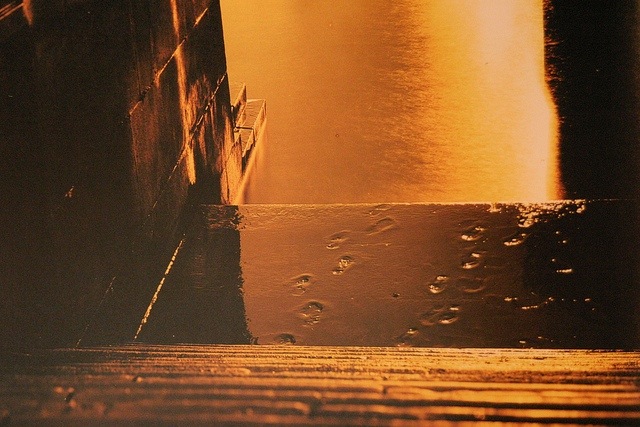
Rut Blees Luxemburg (Germany) uses amber lighting and reflections as found in 1920’s and 1930’s style flash photography…but in a thoroughly modern context.
Andy Goldsworthy


Andy Goldsworthy is a well known British Environmental artist. He makes sculptures that integrate with the environment…they are all bio-degradeable and often end up falling apart and becoming “one” with the landscape again. The photographs, however, remain a permanent feature…
Experiment 1
- You must show that you can COPY, ADJUST, BLUR and BLEND layers using Adobe Photoshop to create a set of images inspired by IDRIS KHAN / STEPHANIE JUNG

METHOD
- Open a suitable image in Ad-Ph
- CTRL J to copy layer (copy the background LAYER for this)
- Move tool to shift image slightly
- Repeat 2 + 3 5-10 times
- Choose a range of BLENDING OPTIONS eg overlay / multiply / lighten etc
- Adjust OPACITY as needed
- Adjust individual layers as needed
- Add FILTER – BLUR – SHAPE BLUR / SMART BLUR if needed
- Flatten LAYERS
- CROP where suitable
Extend your result…
Think about layering your image(s) onto acetate or glass and exploit the transparent qualities vs. opaque shapes, colours and tones
for example

Ardan Ozmenoglu
https://www.pinterest.com/pin/315040936408995781/
Photoshop Experiment 2
- Show that you can use a range of function and techniques to create a composite image like those of Tanja Deman (below).
- Many artists use cut and paste / collage techniques to change the context of their imagery…and challenge the way we look at the world and re-imagine our environment
- Research cut and paste / digital collage techniques and ideas
-
Method
- Select 2/ 3 images that you think you can combine to create a composite image and open in Ad-Ph
- You may need to select one image that you use as your BACKGROUND IMAGE
- Select the object / building / person from another image that you want to add to your BACKGROUND IMAGE
- Click CTRL J (to copy via layer)
- Use the move tool to drag your selection across, then position
- Use CTRL T or Free Transform to adjust shape and size of selected object
- Check your layers panel on both images!
- Now blend the edges in…
- Add a LAYER MASK and click to activate it
- Select a brush, adapt the size and reduce your OPACITY to 30%
- Now click on the edges of your object to blend it in smoothly
- Take care with this part…zoom in if you need to
- You can then merge your layers, or flatten and save the image if complete
- Add to your blog
Or explore x-ray images or household objects like this as part of your response to “structure”


Walker Evans

Jim Dine and his “figurative tools”

Two Frame Photography / Diptychs / Juxtapositions
http://www.photopedagogy.com/two-frame-films.html
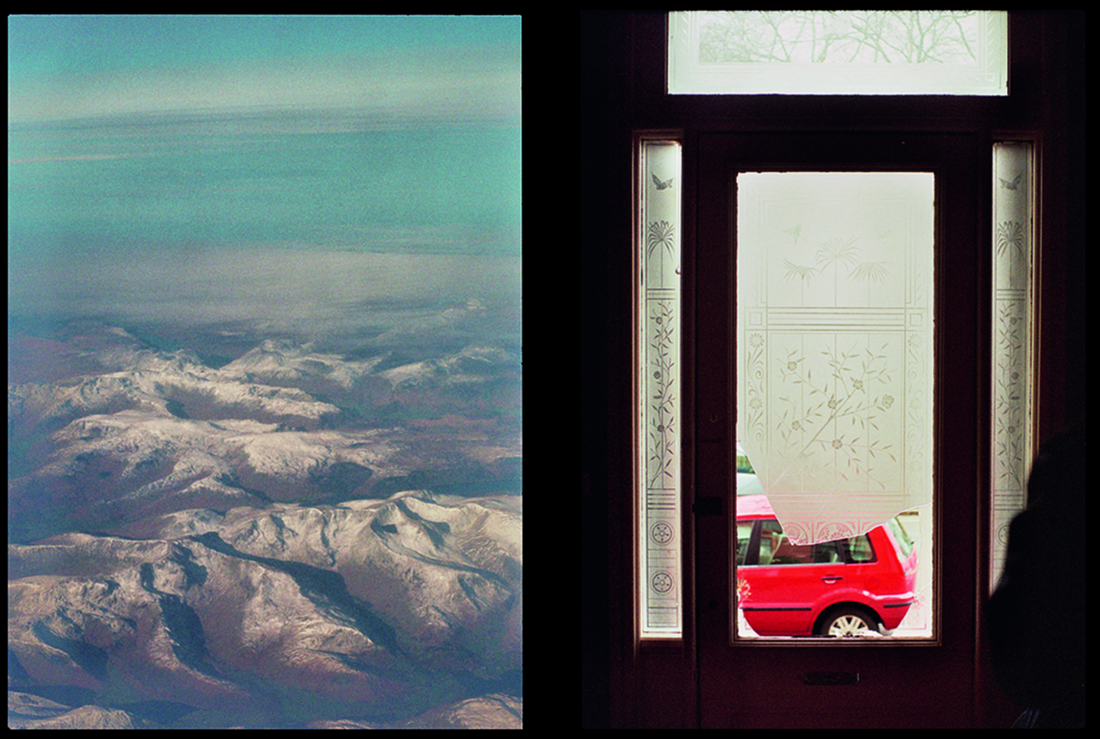
Luke Fowler

